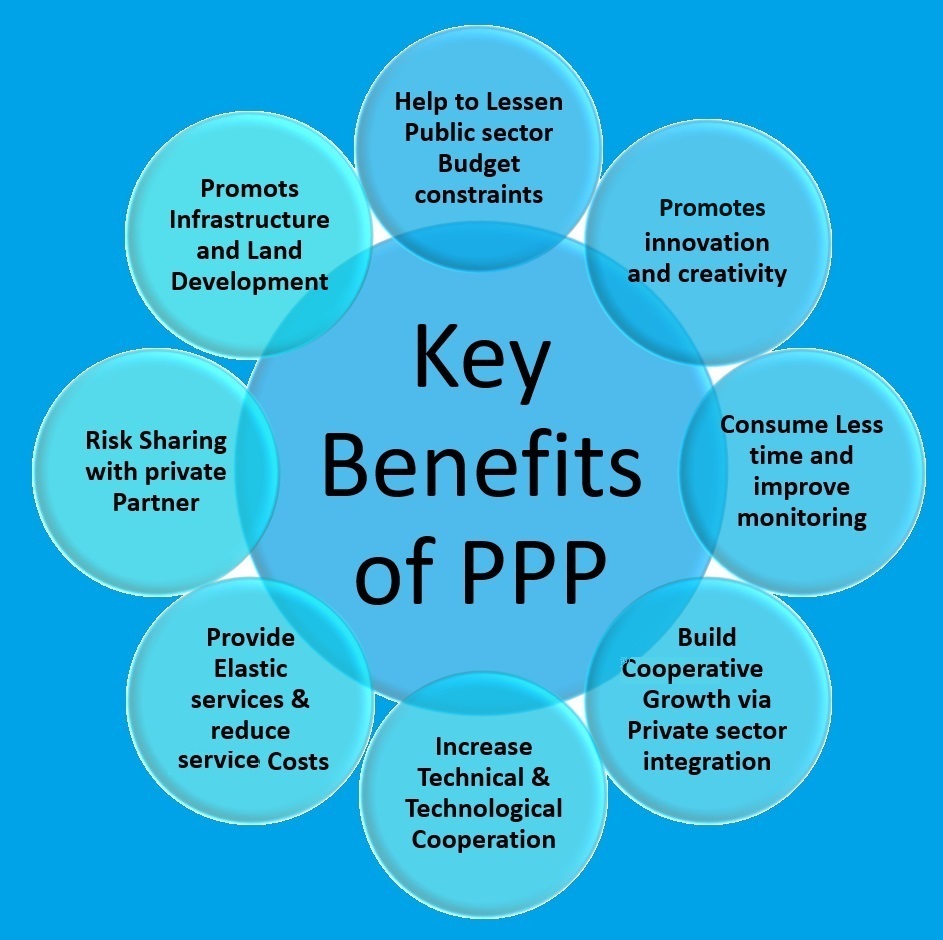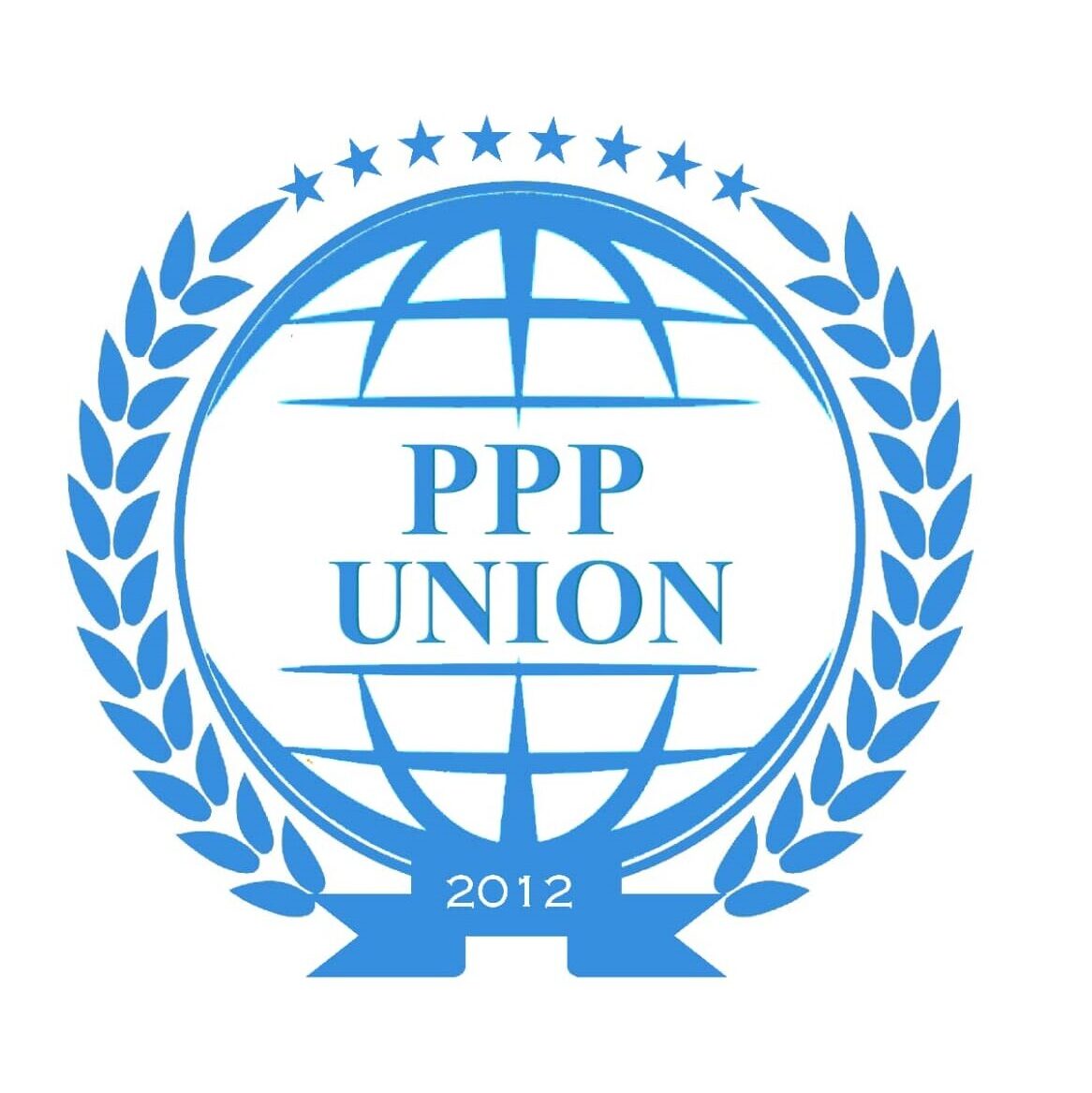

Public-private partnerships offer several benefits that can be summarized as follows :
1. They provide better infrastructure solutions than initiatives that are wholly public or wholly private. Each participant does what it does best.
2. They result in faster project completions and reduced delays on infrastructure projects by including time-to-completion as a measure of performance and, therefore, profit.
3. A public-private partnership’s return on investment, or ROI, might be greater than projects with traditional, all-private or all-government fulfillment. Innovative design and financing approaches become available when the two entities work together.
4. Risks are fully appraised early on to determine project feasibility. In this sense, the private partner can serve as a check against unrealistic government promises or expectations.
5. The operational and project execution risks are transferred from the government to the private participant, which usually has more experience in cost containment.
6. Public-private partnerships may include early completion bonuses that further increase efficiency. They can sometimes reduce change order costs as well.
7. By increasing the efficiency of the government’s investment, they allow government funds to be redirected to other important socioeconomic areas.
8. The greater efficiency of PPPs reduces government budgets and budget deficits.
9. High-quality standards are better obtained and maintained throughout the life cycle of the project.
10. Public-private partnerships that reduce costs can potentially lead to lower taxes.
Why PPPs Are Attractive to Governments:
A. PPPs have become attractive to governments as an off-budget mechanism for infrastructure development because:
B. They can enhance the supply of much-needed infrastructure funding.
C. They may not require any immediate cash spending; only bank instruments such as SBLC/BG will generate the required funds for the projects.
D. They provide relief from the burden of the costs of design and construction. The PPP service provider arranges funds and project management, so the government does not have to pay any amount.
E. They allow the transfer of many project risks to the private sector.
F) They fulfill the promise of better project design, choice of technology, construction, operation, and service delivery.
Advantages of PPP
(1) Facilitating creative and innovative approaches that stimulate the private sector to engage in specific PPPs, with the government allowing bidders to compete based on their ability to develop unique and creative methods for delivering the required output.
(2) Enhancing the government’s capacity to develop integrated solutions that effectively address public needs.
(3) Reduced costs of implementation and the realization of quality products and services, attributable to economies of scale and operating efficiency.
(4) Accessing technical and managerial expertise, financial resources, and technology from the private sector.
(5) Facilitating large-scale capital injections while reducing public debt and dependency on aid.
(6) Better responsiveness to consumer needs and satisfaction of those needs.
(7) Fostering economic growth by developing new investment opportunities and increasing the provision of public goods and services.
(8) Ensuring the fulfillment of the best interests of both the public and private sectors through an appropriate allocation of risks and returns.
PPP Advantages for the Private Sector
1. The PPP provides benefits for both private and public sectors; the PPP models’ contracts are applicable between private and public sectors and among private entities.
2. To summarize, the advantages of PPP models for private entities are listed below.
3. Private project owners can obtain EPC+F services from PPP facilitators.
4. Private project owners can access optimal funding services as follows:
5. Funding against a 10% cash margin plus a 40% share in the project.
6. Funding against bank security such as BG/SBLC based on 50% of the project cost only (no share in the project).
7. Non-refundable funding services against 100% face value MTN/SBLC/BG, with no share in the project; the MTN/SBLC/BG will also be returned to the owner.
8. No risk of proposal rejection .
9. No risk of force majeure, as the project will be insured .
10. No pressure from loan payments .
11. No pressure from monthly repayments.

